Rising sea levels are no longer a distant concern but a present reality for many coastal cities. If you live in one of these places, you’ve probably noticed the changes happening around you. You might see streets flooding during high tides or watch as familiar landmarks slowly become more vulnerable to the encroaching waters. It’s not just an environmental issue—it’s something that directly affects daily life, from commutes to property values. Here’s a look at 15 U.S. cities where the effects of rising seas are already making waves.
1. Miami, Florida
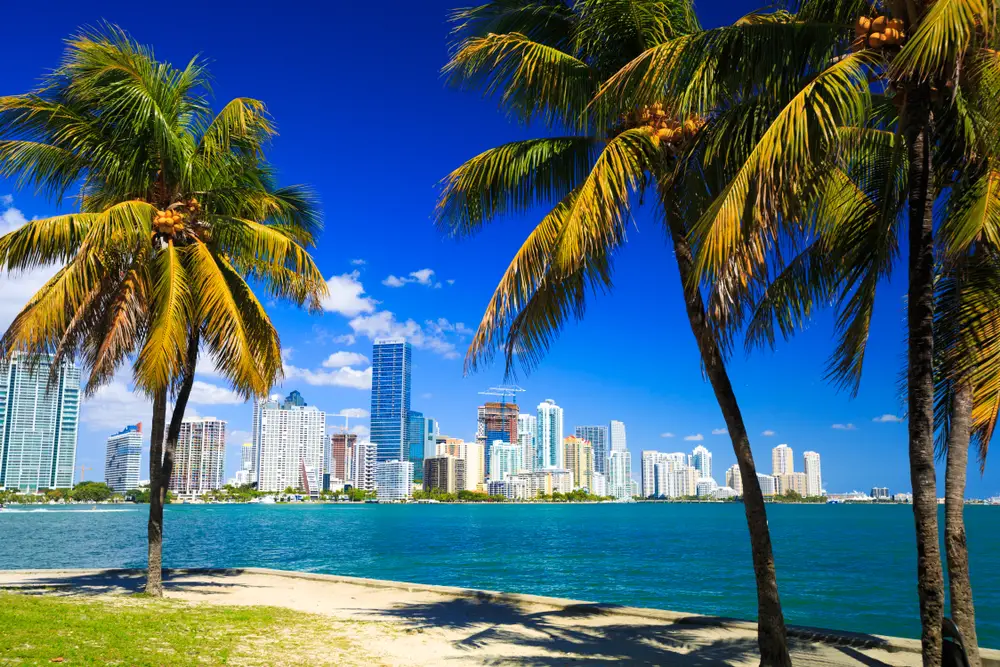
In Miami, rising sea levels are more than just a talking point—they’re a visible, daily challenge. The city’s low elevation and porous limestone foundation make it especially vulnerable to flooding. During high tides, water often bubbles up through the drainage system, turning streets into temporary canals. Shimon Wdowinski, a professor at Florida International University, has highlighted how even small changes in sea level can lead to significant flooding events in the area. This ongoing issue is prompting discussions about climate adaptation and the future of real estate in the city.
Miami’s local government is actively seeking solutions to combat these rising waters. They’re investing in infrastructure upgrades, like installing pump stations and raising roadways. However, these efforts come with hefty price tags and are only temporary fixes. Residents often find themselves wondering how effective these measures will be long-term. The challenge remains balancing development with sustainable practices to safeguard the city’s future.
2. New Orleans, Louisiana

New Orleans is no stranger to flooding, but rising sea levels add a new layer to its challenges. The city is situated below sea level, relying heavily on levees and pumps to keep water at bay. With sea levels rising, these systems are under increasing pressure. When heavy rains coincide with high tides, the city experiences significant flooding events. Residents live with the constant apprehension of whether the next storm will overwhelm their defenses.
Efforts are underway to bolster the city’s flood protection systems. Projects are focused on reinforcing levees and improving the drainage infrastructure. Despite these efforts, there’s an underlying concern about the sustainability of living in an area so vulnerable to water. Many locals face tough decisions about whether to stay and adapt or relocate to higher ground. It’s a complex situation with no easy answers.
3. Charleston, South Carolina

Charleston’s historic charm is at odds with its ongoing battle against rising sea levels. Known for its picturesque streets and antebellum architecture, the city is increasingly facing the reality of frequent flooding. The term “nuisance flooding” describes the now-common episodes where high tides inundate roads and neighborhoods. According to the National Oceanic and Atmospheric Administration, Charleston has seen a significant uptick in these flooding events over the past decade. This trend is forcing the city to rethink its approach to urban planning and preservation.
The local government is taking steps to address these challenges. Initiatives include raising the elevation of roads and improving drainage systems. However, these projects are costly and take time, leaving residents to cope with the effects in the meantime. For many, it’s a balancing act between preserving the city’s heritage and adapting to the realities of climate change. As the waters rise, so do the stakes for Charleston’s future.
4. New York City, New York
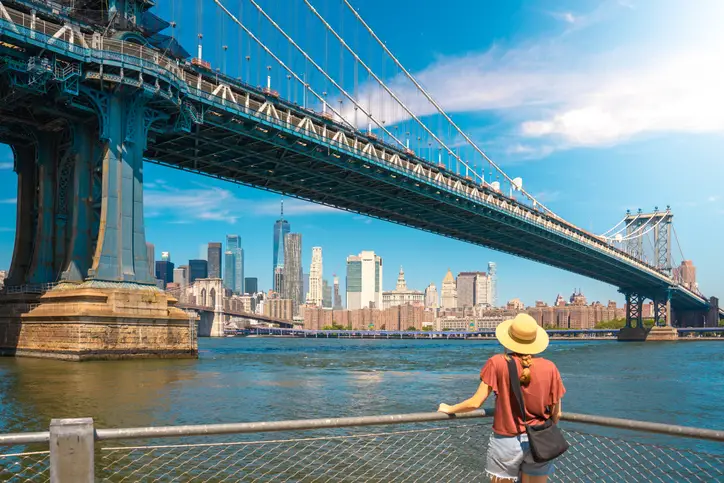
New York City is iconic for many things, but rising sea levels are starting to make a mark on its coastal boroughs. Areas like Lower Manhattan and parts of Brooklyn are particularly susceptible to flooding. The city’s complex network of infrastructure and population density compounds the challenges of adapting to a changing climate. When waters rise, the impact on transportation and daily life can be significant. Residents and business owners alike are feeling the pressure of adapting to these new norms.
City planners are actively working on solutions to mitigate the impact of rising seas. Proposals include building seawalls and creating more green spaces to absorb excess water. Despite these efforts, the scale and scope of the problem are daunting. For many New Yorkers, the question is not if, but when, these initiatives will be completed. The urgency is palpable as rising seas threaten the fabric of everyday life in the city.
5. Norfolk, Virginia
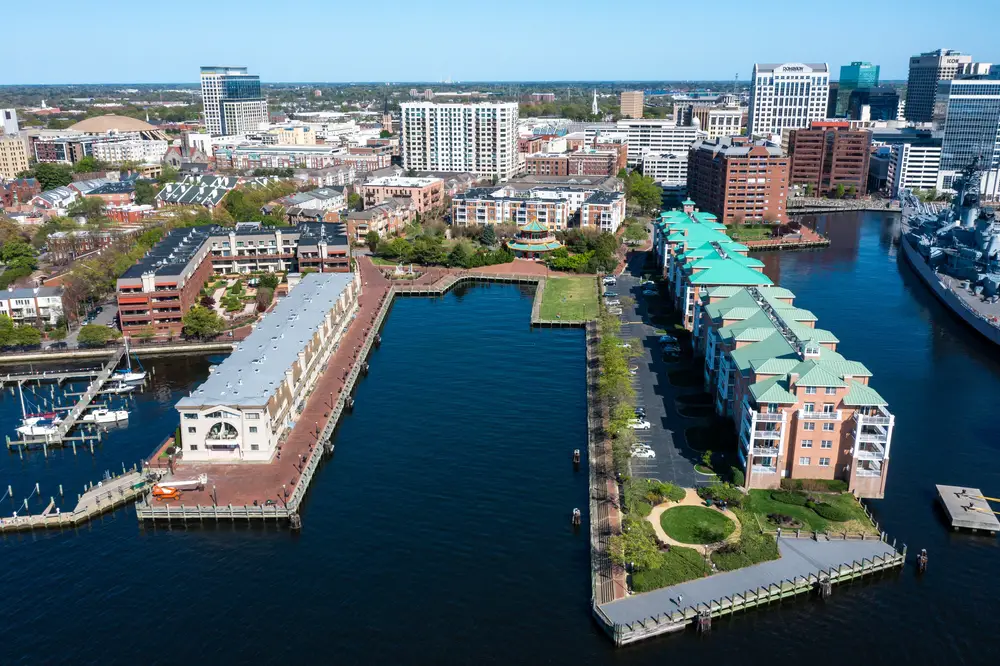
Norfolk is one of the most flood-prone cities in the U.S., and rising sea levels are only exacerbating the situation. The city experiences frequent “sunny day” flooding, where high tides alone are enough to flood streets without any rainfall. Ben McFarlane, a senior regional planner in Virginia, notes that Norfolk’s sinking land adds to the challenge, as it effectively doubles the impact of rising seas. This makes flood prevention and mitigation a pressing concern for residents and officials alike. The city is actively exploring solutions, but the path forward is complex.
Efforts in Norfolk include elevating roads and homes, as well as restoring wetlands to act as natural water barriers. These projects aim to reduce the impact of flooding and protect the city’s infrastructure. However, such initiatives require significant investment and long-term commitment. For residents, this means living with the constant threat of flooding and the disruptions it brings. The community is grappling with how to adapt and thrive in conditions that are changing rapidly.
6. San Francisco, California

San Francisco is not often the first city people think of when it comes to rising sea levels, but it’s a growing concern here, too. The city is bordered by water on three sides, making it particularly susceptible to changes in sea level. As water levels rise, the risk of flooding in low-lying areas increases, posing threats to communities and infrastructure. Residents in areas like the Embarcadero are already noticing the effects. High tides and storm surges are becoming more frequent, forcing the city to reconsider its coastal defenses.
The local government is making efforts to mitigate the impact of rising seas. Plans include improving seawalls and enhancing natural barriers like wetlands. These projects are designed to protect the city’s waterfront and preserve its vibrant coastal communities. However, the challenges are significant, requiring collaboration and significant investment. As San Francisco faces these changes, residents are keenly aware of the need to balance growth with sustainable practices.
7. Boston, Massachusetts
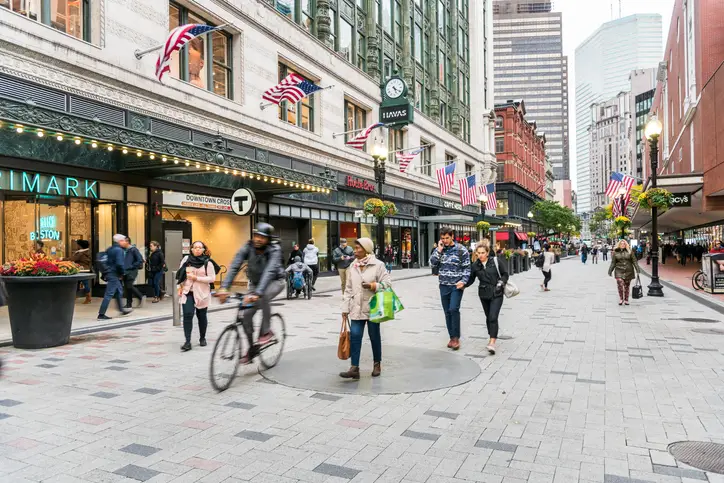
Boston’s historic coastline is increasingly at risk due to rising sea levels. The city has already experienced several instances of flooding during high tides and storm surges. According to Katharine Hayhoe, a climate scientist at Texas Tech University, Boston’s vulnerability is compounded by its aging infrastructure and dense population. The city is actively working on plans to bolster its defenses against the encroaching waters. However, the complexity and costs involved make it a formidable challenge.
Efforts to protect Boston include constructing flood barriers and enhancing the city’s drainage systems. These measures are aimed at reducing the immediate risk of flooding and ensuring the safety of residents. At the same time, the city is looking into long-term solutions, such as redesigning waterfront areas to accommodate higher sea levels. Residents are deeply engaged in these discussions, as the stakes are high. For Boston, adapting to rising seas is not just an infrastructure issue but a community effort.
8. Galveston, Texas
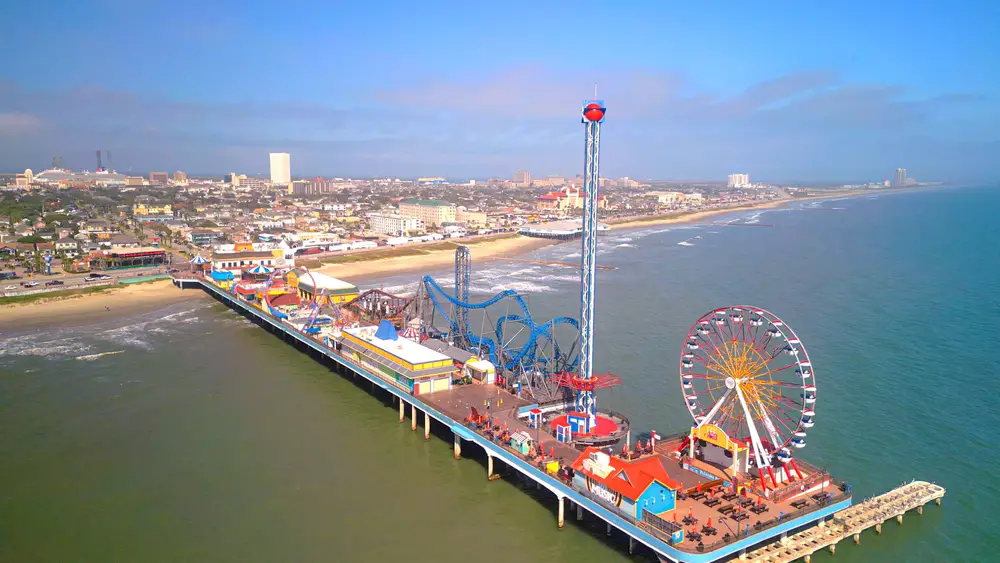
Galveston is a coastal city that’s no stranger to the challenges of rising seas. Situated on a barrier island, the city is inherently vulnerable to flooding. The combination of higher sea levels and the region’s propensity for hurricanes heightens the risk of severe water damage. Residents have witnessed more frequent flooding events, affecting homes and businesses alike. The city is in a constant battle to manage these risks and protect its community.
Efforts in Galveston focus on reinforcing coastal defenses and improving emergency response systems. The city is exploring ways to elevate structures and enhance natural barriers to absorb storm surges. Despite these efforts, the cost and complexity of these projects pose significant hurdles. For many residents, the impact of rising seas is a daily concern that influences decisions about property and safety. The community continues to adapt, but the challenges remain substantial.
9. Honolulu, Hawaii

Honolulu offers stunning ocean views, but the rising sea levels are a growing concern for this island city. Frequent “king tides” are a visible sign of the issues at hand, often resulting in flooded streets and eroded shorelines. Residents are noticing the changes, as beaches they’ve enjoyed for years slowly disappear. The rising waters are not only a threat to infrastructure but also to the natural beauty that defines Hawaii. This evolving situation is prompting discussions about how to protect the island’s unique environment.
Local government initiatives in Honolulu aim to address the immediate impacts as well as plan for long-term resilience. Projects include revamping coastal roads, constructing seawalls, and restoring natural barriers like coral reefs. The community is deeply invested in these efforts, recognizing the importance of preserving both their homes and the island’s ecosystem. Despite the challenges, there’s a strong commitment to finding sustainable solutions. The balance between development and conservation is crucial as Honolulu faces an uncertain future.
10. Atlantic City, New Jersey

Atlantic City is dealing with rising sea levels that threaten its famous boardwalk and bustling tourist industry. The city’s location along the Atlantic Ocean makes it particularly vulnerable to flooding and erosion. Residents and businesses are feeling the impact of more frequent high tides and storm surges. These changes are prompting urgent conversations about how to protect the city’s infrastructure and economy. The community is aware that without action, the rising waters could wash away more than just the shoreline.
Local efforts in Atlantic City focus on bolstering coastal defenses and improving drainage systems. The city is investing in projects that aim to shield the boardwalk and surrounding areas from the encroaching sea. These measures are crucial for preserving the city’s tourist appeal and preventing economic downturns. However, the cost of these initiatives is significant, requiring ongoing investment and public support. As the city adapts, residents and officials alike are keenly aware of the stakes involved.
11. Virginia Beach, Virginia
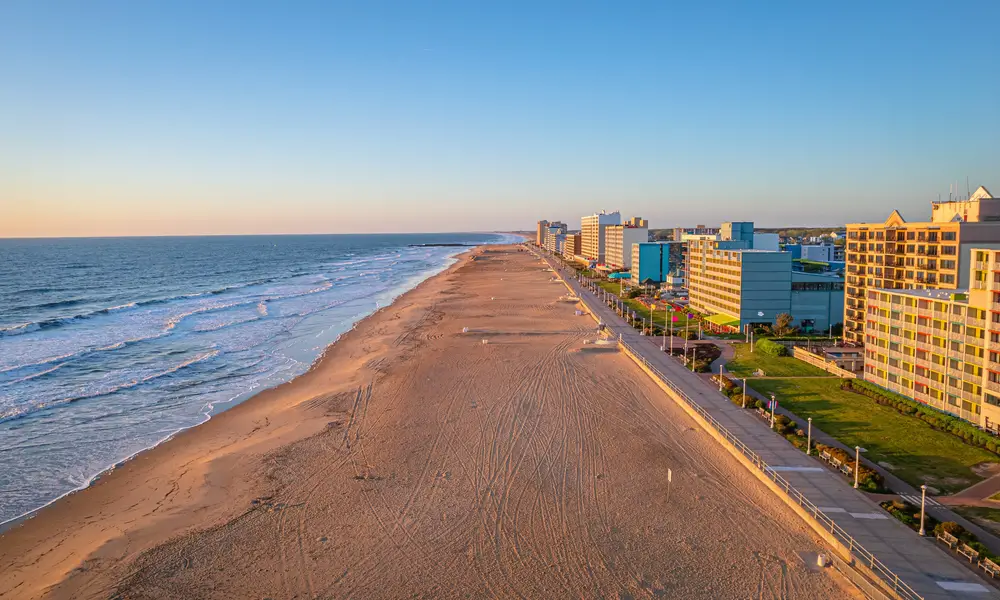
Virginia Beach is experiencing the effects of rising sea levels, with frequent flooding events becoming a new norm. The city’s low-lying geography exacerbates its vulnerability, leading to concerns about long-term sustainability. Residents are seeing the impacts firsthand, from flooded streets to beach erosion. These changes are prompting discussions about how to balance growth with the need for effective flood management. The community is actively seeking solutions to protect its homes and businesses from the encroaching waters.
Efforts in Virginia Beach focus on improving infrastructure and enhancing natural flood defenses. Projects include elevating roads and homes, as well as restoring dunes and wetlands. These initiatives aim to mitigate the impact of future flooding and safeguard the city’s economy. However, the challenges are significant, requiring collaboration between city officials, residents, and experts. The path forward is complex, but there’s a strong commitment to preserving Virginia Beach for future generations.
12. Savannah, Georgia
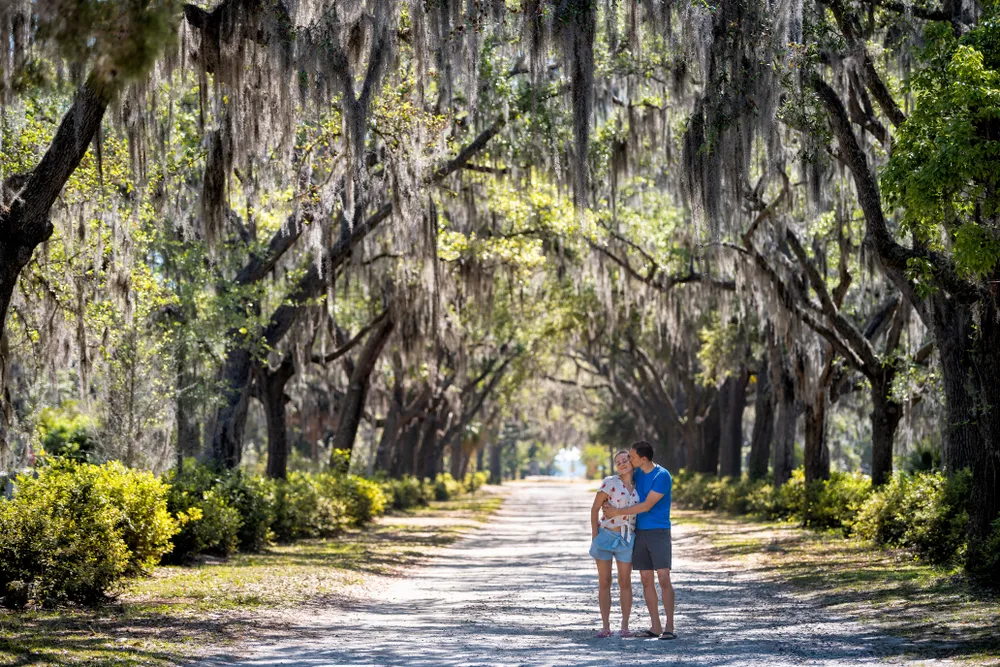
Savannah is known for its historic charm, but rising sea levels are threatening to disrupt its quaint streets and squares. The city is experiencing more frequent flooding, particularly during high tides and heavy rains. Residents are increasingly concerned about the impact on both everyday life and long-term property values. These challenges are prompting city planners to reconsider how they approach urban development and flood management. The community is actively seeking ways to adapt to the changing environment.
Efforts in Savannah include updating infrastructure to better handle floodwaters and implementing green solutions like rain gardens. The city is also exploring ways to protect its historic districts from water damage. These initiatives are crucial for preserving Savannah’s cultural heritage and ensuring the safety and well-being of its residents. Despite the challenges, there’s a strong sense of community resilience. As the city navigates these changes, residents remain committed to protecting what makes Savannah unique.
13. Seattle, Washington
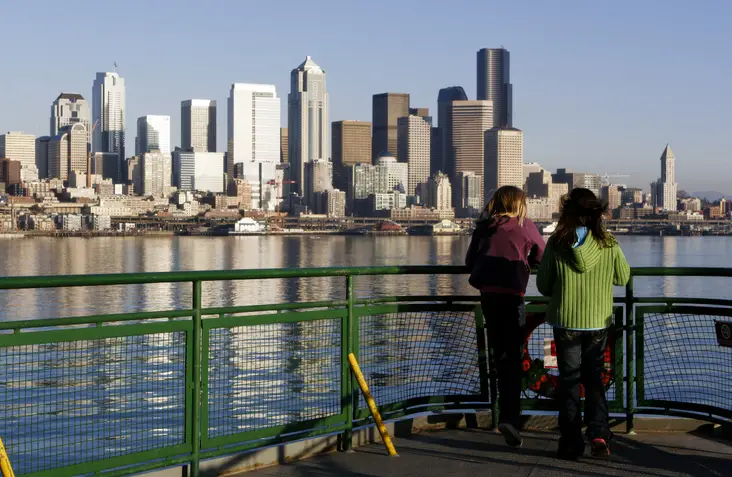
Seattle is beginning to feel the effects of rising sea levels, particularly in its low-lying waterfront areas. The city is experiencing more frequent high tides and storm surges, leading to concerns about future flooding risks. Residents are noticing changes in their communities, from altered shorelines to impacted wildlife habitats. These issues are prompting discussions about how best to protect the city’s infrastructure and natural resources. The community is actively seeking solutions to adapt to these evolving challenges.
Efforts in Seattle focus on improving flood management and enhancing coastal defenses. Projects include reinforcing seawalls and creating more green spaces to absorb excess water. These measures are crucial for protecting the city’s vibrant waterfront and ensuring the safety of its residents. However, the complexity and cost of these initiatives pose significant challenges. As Seattle adapts to rising sea levels, there’s a strong commitment to finding sustainable solutions that balance growth with environmental stewardship.
14. Houston, Texas
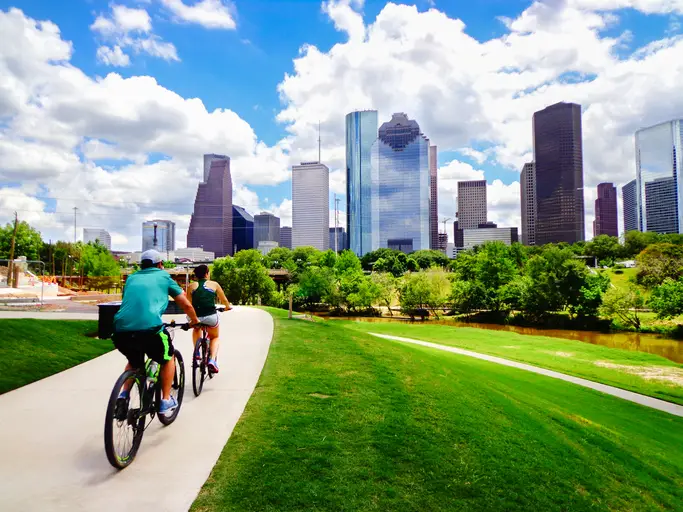
Houston is no stranger to flooding, but rising sea levels add a new dimension to the city’s challenges. The combination of increased rainfall and higher sea levels exacerbates the risk of significant flooding events. Residents have witnessed more frequent incidents that disrupt daily life and threaten property. These challenges are prompting city officials and residents to seek effective flood management solutions. The community is aware that adapting to these changes is crucial for the city’s future.
Efforts in Houston include improving drainage systems and investing in infrastructure upgrades. The city is also exploring ways to enhance natural barriers, such as wetlands, to absorb excess water. These initiatives are vital for reducing the impact of flooding and protecting the city’s economy. Despite the challenges, there’s a strong sense of resilience and determination to find effective solutions. As Houston faces these changes, residents remain committed to preserving their community and way of life.
15. San Diego, California

San Diego’s beautiful coastline is under threat from rising sea levels, posing significant risks to its beaches and waterfront properties. The city is experiencing more frequent high tides and coastal erosion, impacting both residents and the local economy. These changes are prompting discussions about how best to protect San Diego’s infrastructure and natural beauty. The community is keenly aware of the need for effective solutions to address these challenges. Residents are actively engaged in conversations about how to balance development with sustainability.
Efforts in San Diego focus on enhancing coastal defenses and improving flood management. Projects include reinforcing seawalls and restoring natural habitats like wetlands and dunes. These measures aim to protect the city’s coastline and ensure the long-term safety and well-being of its residents. However, the challenges are significant, requiring ongoing investment and collaboration between government officials, experts, and the community. As San Diego navigates these changes, there’s a strong determination to preserve the city’s unique character and appeal.
